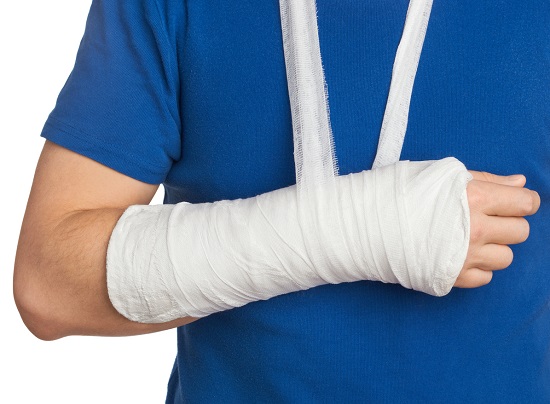
The patient has to be a collaborative and reliable. We selected the patients based on patient characteristics and fracture type. The same Orthopaedic Surgery and Traumatology specialist operated on all patientson a day surgery basis. This was a prospective study covering the period between November 2002 and November 2013, in which 98 patients with phalangeal fractures were treated by percutaneous fixation using screws. The objective of this article is to present our experience with the percutaneous screw fixation technique for treating certain phalangeal fractures of the hand. The percutaneous location of the hand bones makes it easier to apply this technique, but a careful patient selection is essential for satisfactory results.

Further prevents opening of the fracture focus. Also, it minimise open surgery complications, by reducing exposure and soft tissue trauma. The minimally invasive percutaneous screw fixation method tries to prevent the complications derived from conservative treatment and permit early fracture mobility due to a better stabilisation. However, abuse in surgical indication for these fractures has triggered the appearance of other secondary complications from soft tissue injuries, such as tendinous adherences, infection, and even another operation to remove implants. Surgical intervention is indicated for the following types of fractures: irreducible, severe rotations (spiral and oblique fractures), intra-articular, subcapital, open, with bone fragment loss, multiple, hand fractures in polytrauma patients and soft tissue injuries. The growth in treating surgically these fractures stems from the desire to lower their two most frequent complications (stiffness and deformity) by providing greater fracture stability and allowing early mobility. Over the last 25 years, treatment for hand fractures has increasingly turned to surgical treatment because of improved implant materials and tools, as well as rising use of the fluoroscope. Most of these fractures are treated conservatively, with good results as long as there is appropriate short-term immobilization followed by early physiotherapy. They mainly occur in young people, causing remarkable social, labour and economic impact. Metacarpal and phalangeal fractures account for 14%-28% of all hospital emergency visits and make up approximately 46% of hand and wrist fractures. Phalangeal fractures, Minimally invasive surgery, Screw osteosynthesisįractures of the hand are the most common upper extremity fractures, constituting some 10% of all the fractures in the body. It is a very useful technique in specially selected fractures and patients. Percutaneous screw osteosynthesis reduces the time of fracture immobilisation to the maximum, contributing to earlier functional recovery, and leaves no aesthetic defects.

The functional results attending mobility range and fracture healing obtained after the last revision (6 months) were excellent in 68 patients (73.1%), good in 18 (19.4%) and poor in 7 (7.5%). The most common type of fracture was the long oblique, in 40 (43%) cases, followed by the spiral fracture in 14 (15.1%) cases. All the fractures were closed and 39 (41.9%) fractures were intra-articular. We carried out a prospective study covering the period from November 2002 to November 2013. This study present the results of an effective, minimally invasive treatment method for displaced diaphyseal and articular fractures of hand phalanges, which are difficult to manage and frequently involve complications stemming from excessive treatment.ĩ3 patients with phalangeal fractures of the hand were treated using minimally invasive screw osteosynthesis. This is an open-access article distributed under the terms of the Creative Commons Attribution License, which permits unrestricted use, distribution, and reproduction in any medium, provided the original author and source are credited. (2017) Minimally Invasive Percutaneous Screw Fixation of Phalangeal Fractures of the Hand.

Hospital Clínico Universitario de Valladolid, Valladolid, SpainĬ Simón Pérez, Hospital Clínico Universitario de Valladolid, Avenida Ramón y Cajal s/n, 47005, Valladolid, Spain, E-mail: Novem| Accepted: | Published: June 01, 2017Ĭitation: Perez CS, Virto VG, Medrano BG, Mateos JIR, Martin OF, et al. Simon-Perez C, Garcia-Virto V, Garcia-Medrano B, Rodriguez-Mateos JI, Faour-Martin O and Martin-Ferrero MA Minimally Invasive Percutaneous Screw Fixation of Phalangeal Fractures of the Hand


 0 kommentar(er)
0 kommentar(er)
